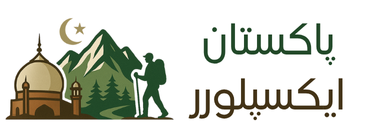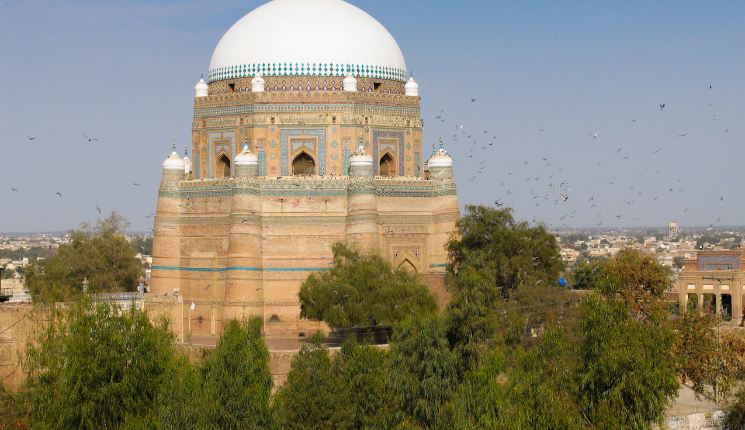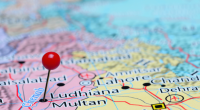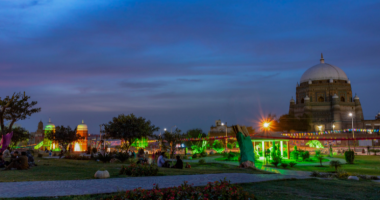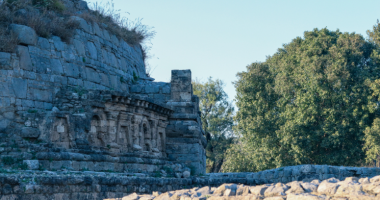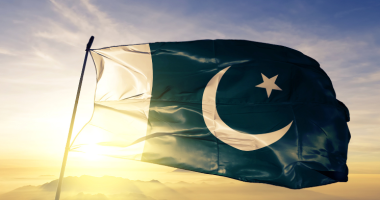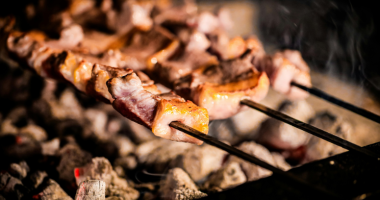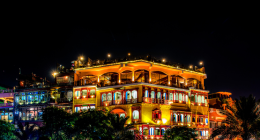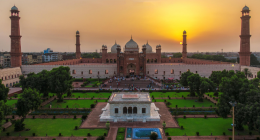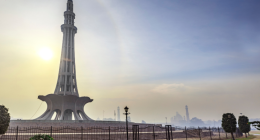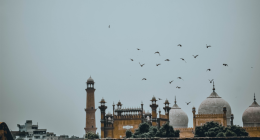Multan isn’t just a city—it’s a living museum of South Asian history and tradition. Nestled in Pakistan’s Punjab province, this city has been a cultural and spiritual hub for over a thousand years. From Sufi shrines glowing under the sunset to buzzing bazaars and centuries-old architecture, the Multan cultural attractions offer an unforgettable journey through time.
Let’s explore the city’s most iconic places where tradition, religion, and art come alive.
Ancient Shrines Among Multan Cultural Attractions
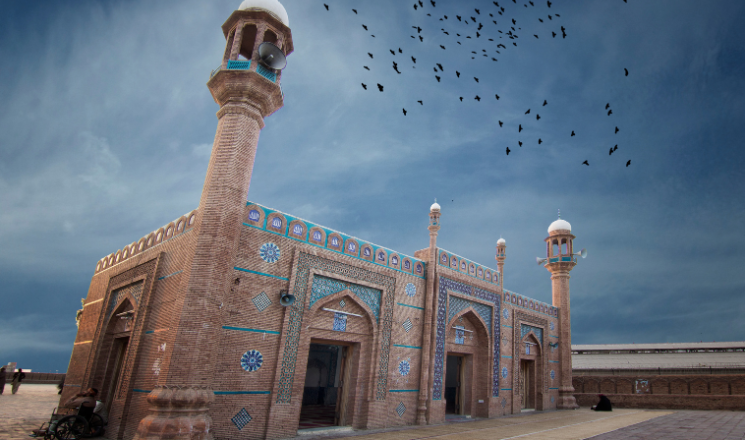
Multan is perhaps most famous for its Sufi shrines, which dominate its skyline and soul. The Shrine of Hazrat Bahauddin Zakariya, built in the 13th century, is one of the oldest and most visited places in the city. With its turquoise tiles, calligraphy-covered walls, and peaceful courtyards, this shrine is a cornerstone of Multani identity.
Just a short walk away stands the Shrine of Shah Rukn-e-Alam, a glowing red-brick tomb crowned with a massive dome. Built in the 14th century, it’s not only an architectural wonder but also a major spiritual site.
Both shrines attract devotees, tourists, and history buffs alike. And while they are religious spaces, their welcoming vibe invites everyone to experience the serenity and historic beauty.
Moreover, the rhythmic sound of qawwali music and the aroma of rose petals and incense will transport you to another time. Truly, these shrines are not just monuments—they are living cultural institutions.
Multan Fort: A Historical and Cultural Marvel
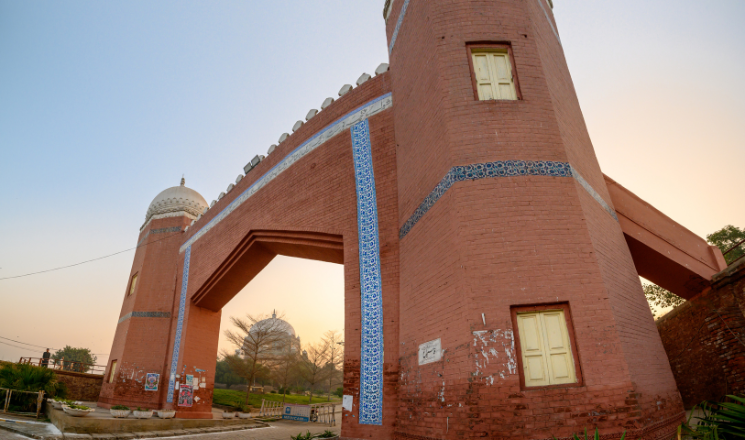
Next up among Multan cultural attractions is the Multan Fort, a once-grand structure that now stands in ruins. Though many sections were damaged over time—especially during colonial and post-colonial conflicts—it still offers plenty to see and feel.
Built on a hilltop, the fort originally housed royal residences, mosques, and observation towers. Now, it features structures like the Damdama, offering panoramic views of the city below, and Qasim Bagh, a scenic park where locals gather in the evenings.
While exploring the fort, you’ll notice parts of its original massive walls, historic gates, and fragments of old stone pathways. These are remnants of a past where Multan was a fortified city protecting its culture from invaders.
Because this area is free to roam and centrally located, it’s easy to include in your day plan—especially if you’re already visiting nearby shrines or the museum.
Cultural Charm in Multan’s Bustling Bazaars
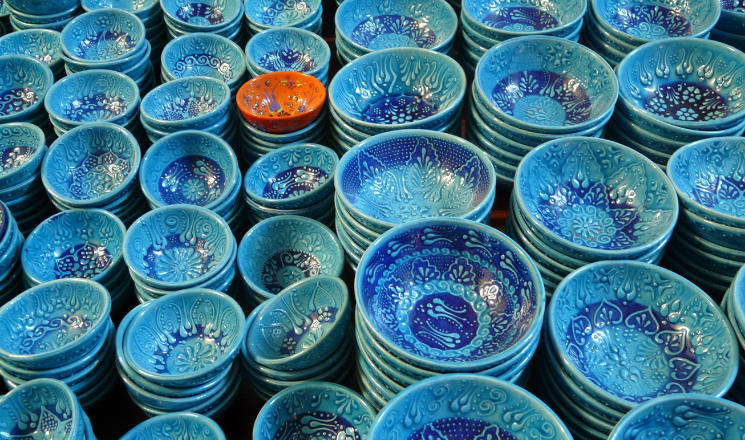
What better way to feel the heartbeat of a city than to walk through its markets? The bazaars of Multan are loud, chaotic, colorful—and absolutely beautiful.
Hussain Agahi Bazaar, one of the oldest in the region, is packed with textiles, pottery, spices, and sweets. Meanwhile, Ghanta Ghar Market is a favorite for locals and tourists alike for everyday essentials and local souvenirs.
What sets these bazaars apart is how they blend commerce with tradition. You’ll find:
- Multani blue pottery crafted by hand
- Ajrak and Chunri fabrics dyed using traditional block-print methods
- Camel-skin lamps, a rare specialty found only in this region
Artisans often work right in front of you, and if you pause to chat, they’ll share stories passed down from their ancestors. That personal connection turns a shopping trip into a meaningful cultural exchange.
Multan Museum: Treasures of the Past

Right beside the Multan Fort, you’ll find the Multan Museum—a compact but information-rich institution that provides a timeline of the region’s history.
Inside, you’ll see ancient terracotta artifacts, Islamic manuscripts, coins from the Mughal and Sikh eras, and rare Indus Valley relics. The museum also features tools, textiles, and weapons that highlight the evolution of craftsmanship in the region.
The benefit of visiting the museum is that it helps put all your sightseeing into perspective. Suddenly, the motifs you noticed on shrine walls or bazaar fabrics start to make more sense. You realize you’re not just looking at random designs—but at centuries of storytelling in physical form.
It’s highly recommended to visit this place if you want to truly understand the deeper cultural layers of Multan.
Eidgah Mosque: A Jewel of Islamic Architecture
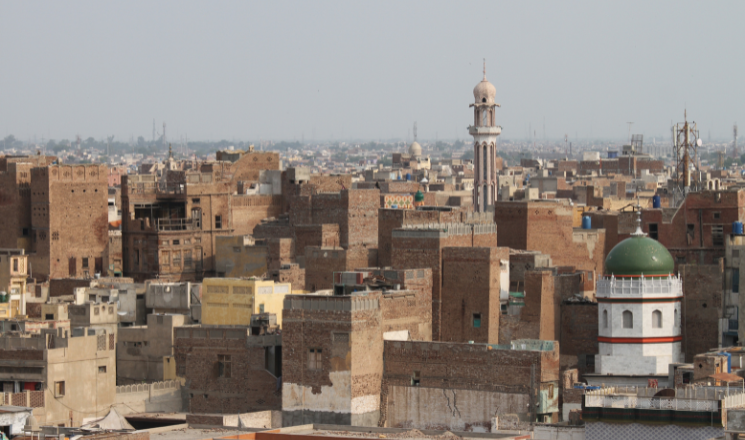
While shrines often steal the spotlight, the Eidgah Mosque deserves equal attention. Built in the 1730s by Nawab Abdul Samad Khan, this mosque reflects Mughal elegance through its geometric design, marble finishes, and intricate frescoes.
Not only is it a religious place, but it also served military purposes in the past—during the Sikh and British periods—making it a place with both spiritual and historical weight.
Today, the mosque remains active. You can visit outside prayer times and admire the structure up close. Even locals say that visiting this mosque at sunset is an experience you won’t forget.
It’s a fantastic example of how Multan cultural attractions continue to function as real, lived-in spaces while retaining their timeless charm.
Multan’s Culture Comes Alive During Festivals
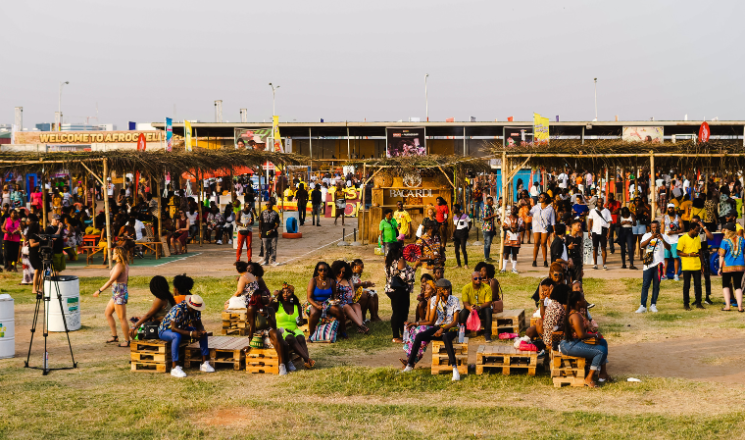
Culture isn’t just something you see—it’s something you feel. And in Multan, the best time to feel that is during one of its many local festivals.
The most famous is the Urs of Shah Rukn-e-Alam, a spiritual festival where the entire city celebrates the life of the saint. Thousands gather at his shrine, dressed in vibrant colors, listening to live qawwali performances, and participating in age-old rituals.
Streets around the shrine are filled with food stalls, craft vendors, and lights. It’s a time when the city’s culture spills into the streets, and everyone—residents and visitors alike—becomes part of the celebration.
Other annual events like Spring Festivals and Multani Craft Exhibitions also showcase regional arts, dances, and music, giving you countless reasons to visit.
Quick List of Must-See Multan Cultural Attractions
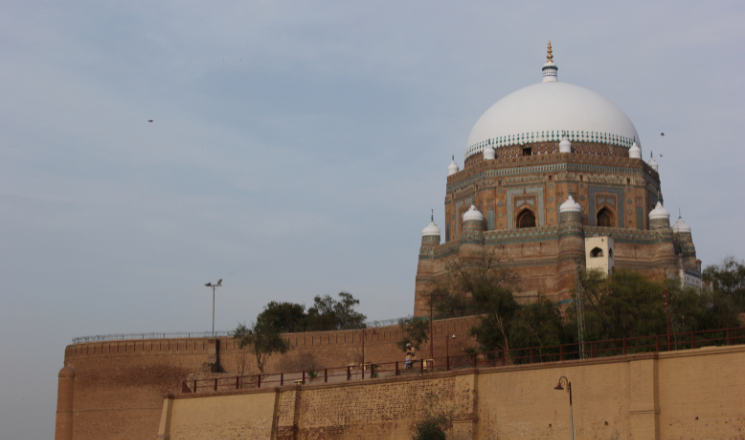
Here’s a summary of the top cultural spots in Multan:
- Shrine of Shah Rukn-e-Alam – A spiritual symbol with historic value
- Multan Fort – Offering ruins, parks, and viewpoints
- Shrine of Bahauddin Zakariya – Multan’s spiritual and artistic heart
- Multan Museum – The city’s story told in artifacts
- Eidgah Mosque – Architectural elegance with a rich past
- Hussain Agahi Bazaar – Traditional crafts and local flavors
- Ghanta Ghar Market – A buzzing central shopping hub
These sites together form a rich tapestry that tells the story of a city rooted in faith, art, resilience, and pride.
Why You Should Visit Multan for Cultural Exploration
If you’ve never been to Multan, it’s easy to underestimate its charm. But once you’re there—walking through its ancient alleys, talking to local artisans, admiring centuries-old domes—you’ll feel a connection that’s hard to put into words.
Unlike bigger cities where culture can get buried beneath modern life, Multan cultural attractions continue to breathe and evolve. They invite you in—not just to look, but to feel, to ask, and to learn.
So, whether you’re planning a cultural tour, researching hidden gems in Pakistan, or simply craving a journey through history, Multan is waiting with open arms—and countless stories.
